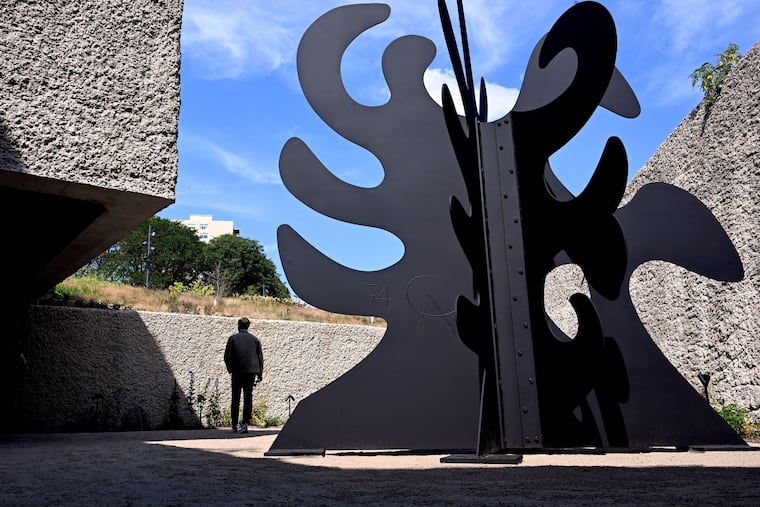Tampa Bay’s Recovery Six Months After Hurricanes Helene and Milton
In the aftermath of the tumultuous 2024 hurricane season, which bore witness to the destructive forces of Hurricanes Helene and Milton, the Tampa Bay area finds itself grappling with a myriad of challenges. These storms, which struck within a mere 13 days of each other, have led to substantial physical and emotional tolls on the community. Reports indicate that thousands of homes have been either damaged or entirely destroyed, leaving many residents displaced and at least 32 confirmed fatalities.
As the region approaches the onset of a new hurricane season, evaluating the progress of recovery proves to be a complex endeavor. A significant backlog of federal reimbursements remains, and numerous residents continue to face displacement as they wait for assistance. The rebuilding of homes that were completely lost will necessitate considerable time and resources.
To assess the situation, it is critical to consider various metrics of recovery. More than billion in claims were submitted to FEMA’s National Flood Insurance Program as a result of the two hurricanes, with nearly 40,600 claims originating from the tri-county region. Notably, St. Petersburg’s Shore Acres neighborhood experienced the highest volume of claims, totaling close to 1,200.
In total, over 1.3 million assistance packages have been allocated to Tampa Bay residents for essential needs such as housing and food, amounting to approximately 5 million. More than 37,700 households were granted housing assistance, which included support for rent and temporary shelter.
Tragically, floodwaters have been identified as the primary cause of fatalities, with 12 individuals drowning in Pinellas County and two in Hillsborough County during Hurricane Helene. The psychological aftermath and lack of immediate healthcare following the storms have contributed to additional deaths across the affected areas.
Moreover, approximately 42 million gallons of sewage pollution have been recorded, primarily due to the overload of wastewater infrastructure during the storms. Boca Ciega Bay, alongside many other areas within the wider Tampa Bay watershed, faced substantial contamination due to overflow incidents.
The storms also precipitated significant ecological damage, with at least 2,062 trees reported lost in public parks due to the hurricanes’ impacts. This destruction of natural resources will exacerbate environmental issues and hinder the recovery of green spaces pivotal to community well-being.
With more than 10,000 homes reportedly experiencing substantial damage, residents have received notifications from local governments indicating the necessity for repairs that adhere to current floodplain standards. Processing this damage has led to confusion among homeowners as they navigate the complexities of rebuilding.
The staggering volume of debris clearing efforts has resulted in nearly 11 million cubic yards of waste being removed. Despite the challenges, local governments, particularly in Hillsborough and Pinellas counties, continue to push forward with recovery initiatives, emphasizing the long road ahead for many residents.
As the recovery progresses, concerns surrounding federal aid remain prominent, particularly in light of potential shifts in FEMA’s operational framework. City leaders worry that the anticipated federal support may be jeopardized, forcing them to contemplate alternative funding strategies for the extensive financial burdens incurred in the wake of the hurricanes.
The unfolding situation encapsulates both the resilience and vulnerabilities of the Tampa Bay community as it strives to rebuild and recuperate from the catastrophic impacts of nature’s wrath. The road to recovery is long, fraught with uncertainty, yet essential for restoring the spirit and infrastructure of the region.






